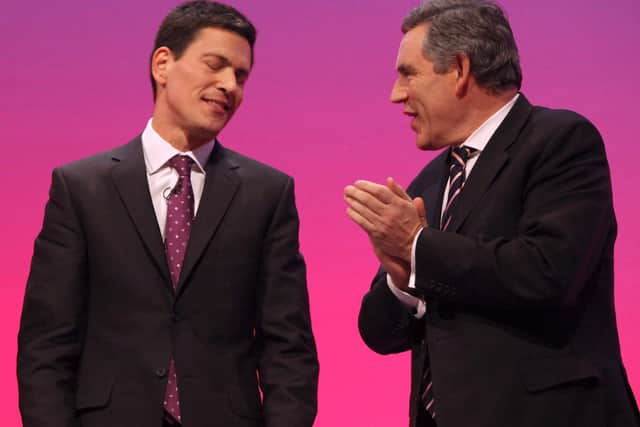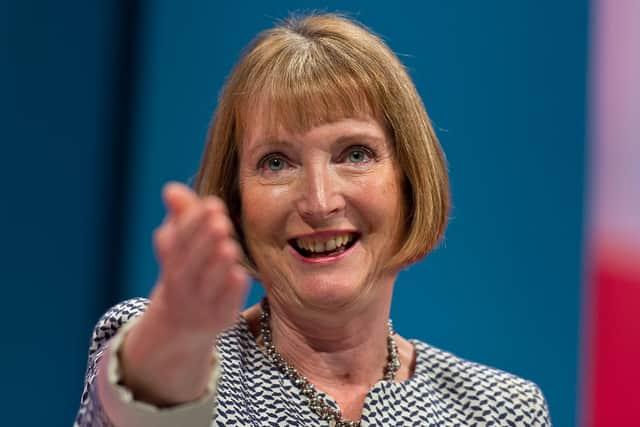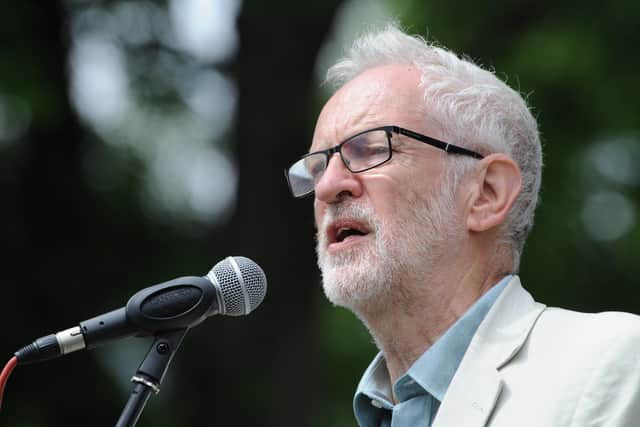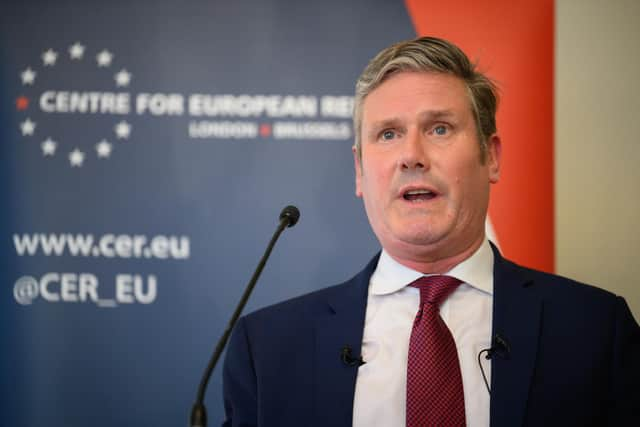When was the last Labour government? Date party was last in power, who was its leader, and what is manifesto
and live on Freeview channel 276
The Labour party was founded in 1900, grown out of the trade union movement and socialist parties of the 19th century.
By the early 1920s, it became the main opposition to the Conservative Party, forming two minority governments in the 1920s and early 1930s.
Advertisement
Hide AdAdvertisement
Hide AdBut as the Labour party grew from strength to strength, what historical moments did they create - and when was the last time the UK had a Labour government?
Here’s what you need to know.
Loading....
When was the last Labour Government?
The last Labour government was led by Gordon Brown, who served as Prime Minister from 2007 to 2010.
Mr Brown also held the role of Chancellor of the Exchequer from 1997-2007, serving under his predecessor Tony Blair.


Mr Blair was widely credited with reviving the party’s fortunes in the 1990s and making them more electorally appealing to a wider spectrum of voters, although his legacy is tarnished by the Iraq War.
Advertisement
Hide AdAdvertisement
Hide AdBefore the current 12-year Tory reign, Labour were also in charge for 12 years.
Before the Blair era began in 1997, Labour was last in government from 1974 to 1979 under Harold Wilson and James Callaghan.
Previous to that, the UK had a Labour government from 1945-1951 under Clement Attlee, who is notable for being the prime minister when the NHS was founded.
Before that, Ramsay MacDonald was the leader of the Labour government in 1924, and again in 1931.
Advertisement
Hide AdAdvertisement
Hide AdIn total, since the Labour party was established in 1900, they have formed the government for 33 years.
Who have been the recent Labour leaders?
Since Mr Brown left office in 2010, there have been four Labour leaders:
Harriet Harmen


Ms Harmen was the leader of the opposition (the leader of the party not in power) twice. The first time was from May to September 2010, and the second was five years later, for the same duration, from May to September 2015.
Ms Harmen was the temporary leader and was described in the media as “Acting Leader”. Following Ed Miliband’s election as leader, she returned to her role as deputy.
Advertisement
Hide AdAdvertisement
Hide AdEd Miliband


Mr Miliband became leader of the opposition in 2010, and remained in place for five years, leaving office in 2015.
Following Labour’s defeat by the Conservative Party at the 2015 general election Mr Miliband resigned from the position.
His tenure as Labour leader was characterised by a leftward shift in his party’s policies under the “One Nation Labour” branding - and he also became the youngest leader of the party in its history.
Jeremy Corbyn


Mr Corbyn replaced Ed Miliband as leader of the opposition (after a short stint by Ms Harmen) for five years, from 2015 to 2020.
He was succeeded by Sir Keir Starmer.
Mr Corbyn now sits as an independent MP.
Advertisement
Hide AdAdvertisement
Hide AdDuring his time as leader, he advocated renationalising public utilities and railways, a less interventionist military policy, and reversals of austerity cuts to welfare and public services. Although critical of the European Union, he supported continued membership in the 2016 referendum.
However, since he was made leader, there have been allegations of antisemitism in the party.
Mr Corbyn established the Chakrabarti Inquiry, which concluded that the party was not “overrun by anti-Semitism or other forms of racism”, although there was an “occasionally toxic atmosphere” and “clear evidence of ignorant attitudes”.
Sir Keir Starmer


Sir Keir, who is MP for Holborn and St Pancras, has been the leader of the opposition since 2020, after Mr Corbyn’s resignation.
Advertisement
Hide AdAdvertisement
Hide AdHe has been described as being on the soft left within the Labour Party.
Sir Keir has recently come under fire due to Beergate, where he allegedly breached Covid-19 restrictions.
After the resignation avalanche starting from 5 July 2022 which led to over 50 MPs resigning, Boris Johnson has announced he will be stepping down.
Sir Keir reacted to the news as “good” but called for “a proper change of Government”.
Advertisement
Hide AdAdvertisement
Hide AdWhat is Labour’s manifesto?
A manifesto is a public declaration of policy and aims, specifically issued before an election by a political party or candidate.
In 2022, Labour released a series of regional manifestos for the local elections in 5 May 2022. Key pledges looked to recover from the pandemic, tackle the rising cost of living and fix social care.
Sir Keir has said that he has ditched the party’s 2019 election manifesto, saying “the slate is wiped clean” as Labour gears up for the next election.
At a recent event, Starmer said: “What we’ve done with the last manifesto is put it to one side. We’re starting from scratch. The slate is wiped clean.
Advertisement
Hide AdAdvertisement
Hide Ad″What we do have to recognise is that having come through the pandemic, we need to look at everything in the round, and make choices about where we want to put our money.”
Sir Keir recently gave a speech in which he outlined how he thought Labour would “make Brexit work”, in which he confirmed that under his leadership Britain will not go back into the EU or join the single market.
Comment Guidelines
National World encourages reader discussion on our stories. User feedback, insights and back-and-forth exchanges add a rich layer of context to reporting. Please review our Community Guidelines before commenting.
